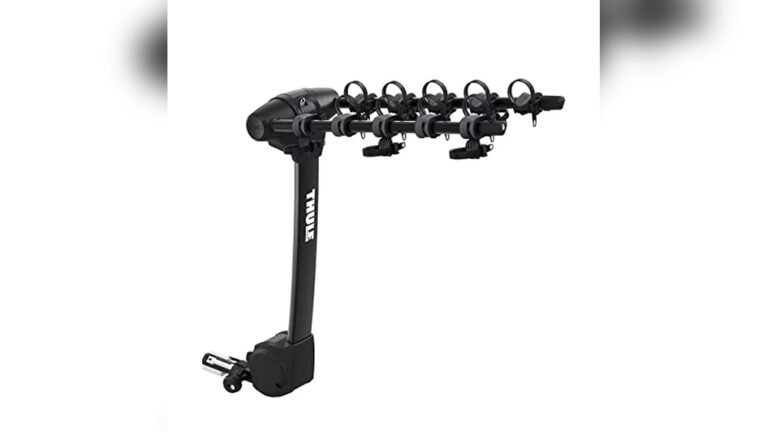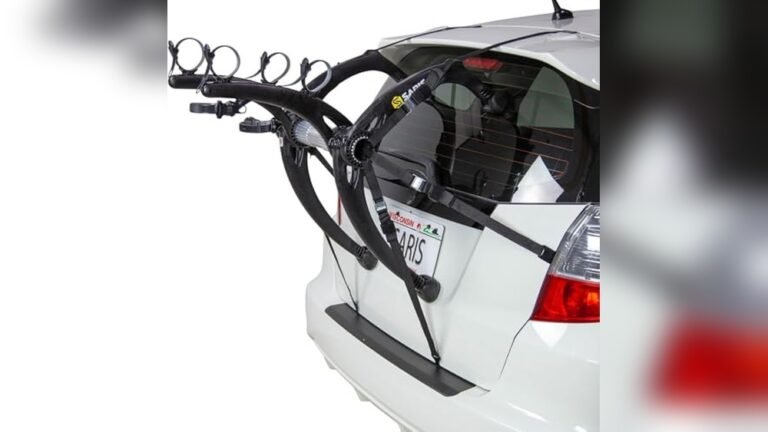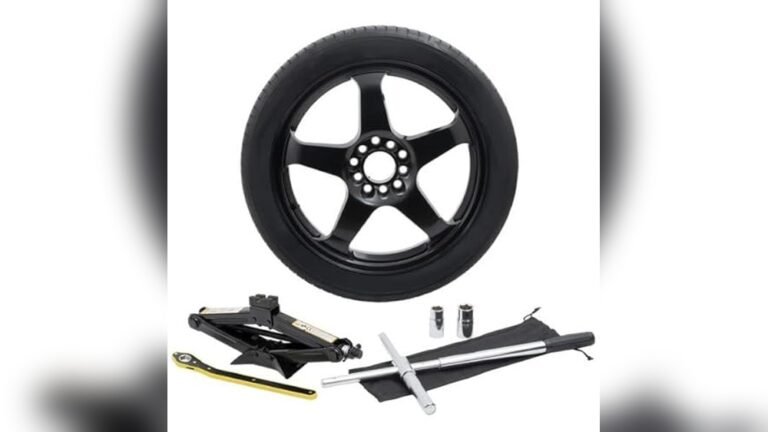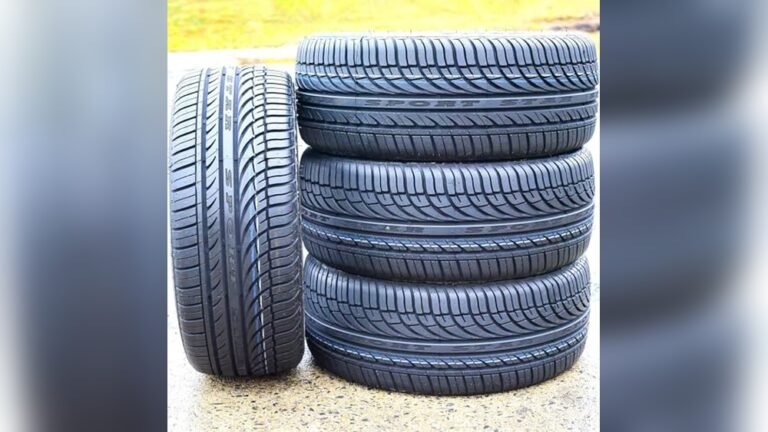To reset the BMW check engine light, you can use an OBD-II scanner or disconnect the battery for 10 minutes. However, it is always recommended to diagnose and fix the underlying issue triggering the light before resetting it to avoid any potential damage to your vehicle.
The check engine light is a useful indicator that helps identify problems with your BMW’s engine, emissions system, or other vital components. We will discuss the steps to reset the check engine light, explain the importance of addressing the underlying issue, and provide some tips to prevent the light from coming on in the future.
So, let’s dive in and learn how to reset the check engine light on your BMW effectively.

Credit: m.youtube.com
Understanding Your Bmw’s Onboard Diagnostics
In order to understand how to reset the check engine light on your BMW, it is important to have a basic understanding of the onboard diagnostics (OBD) system. The OBD system is a computerized system that monitors various components of your vehicle and detects any faults or issues. One of the most obvious indications of a problem is the check engine light, which is a warning sign that should not be ignored.
When the check engine light comes on, it is important to differentiate between a steady and blinking light. A steady light typically indicates a minor issue, such as a loose gas cap or a faulty sensor. On the other hand, a blinking light usually signifies a more serious problem, such as engine misfiring or a catalytic converter issue.
If you notice the check engine light in your BMW, it is recommended to address the issue as soon as possible. Ignoring the warning light can lead to more severe damage and potentially costly repairs. It is always recommended to consult a professional mechanic or use an OBD scanner to properly diagnose and reset the check engine light in your BMW.
Preparing For The Reset Process
Resetting the check engine light in a BMW can be a straightforward process if you are properly prepared. Before starting, gather the necessary tools and information to ensure a smooth reset. It is crucial to prioritize safety, so take necessary precautions before proceeding. Check the vehicle’s manual for specific instructions related to the reset process. This manual will provide valuable information about your vehicle’s unique features and the steps required to reset the check engine light.
Locating The Diagnostic Port
In order to reset the check engine light on your BMW, you first need to locate the diagnostic port. This port, also known as the OBD-II port, is where you will connect your diagnostic tool to access the engine’s computer system. Most BMW models have the diagnostic port located in the driver’s footwell, either under the dashboard or behind a panel. Once you have located the port, you will need a compatible diagnostic tool to access and reset the check engine light.
There are several tools available in the market that can be used to access the OBD-II port in your BMW. One popular option is a handheld scanner or code reader, which can be plugged into the port to read and clear the trouble codes. Another option is a laptop with diagnostic software and a diagnostic cable that connects to the port. These tools allow you to access the engine’s computer system, read the trouble codes, and reset the check engine light.
Interpreting The Codes
When the check engine light in your BMW comes on, it is essential to understand the codes being generated by the car’s onboard diagnostic system. Interpreting these codes can help identify the specific issue with your vehicle. To decipher the meaning behind the codes, you need to use an OBD-II scanner. This device connects to the car’s computer system and retrieves the trouble codes stored within it.
Using an OBD-II scanner is relatively straightforward. Simply locate the OBD-II port, typically found under the dashboard on the driver’s side. Plug in the scanner and turn on the ignition without starting the engine. Select the “scan” option on the scanner, and it will communicate with the car’s computer and retrieve the trouble codes.
Once you have obtained the codes, you can refer to the BMW’s specific code reference manual or search online to decode their meaning. Understanding these codes will provide insights into the underlying issue and help you determine the necessary steps to reset the check engine light in your BMW.
Clearing The Codes
Resetting the check engine light on a BMW can be done in a few different ways. If you have access to a scanner, it can make the process easier. Using the scanner, you can simply connect it to the OBD-II port of your BMW and follow the instructions to clear the codes and reset the check engine light. However, if you don’t have a scanner, there are manual reset methods available as well.
One of the manual reset methods is to disconnect the battery for a few minutes and then reconnect it. This can sometimes clear the codes and reset the check engine light. Another method is to locate the diagnostic port and use a paperclip or jumper wire to connect pins 7 and 19. This will put the car’s computer into diagnostic mode and clear the codes.
Once you have performed the reset, it is important to confirm that the check engine light is indeed reset. You can do this by starting the car and checking if the light illuminates. If it stays off, then you have successfully reset the check engine light. If the light comes back on, there may be an ongoing issue that needs further diagnosis and repair.
| Manual Reset Methods | Using a Scanner |
|---|---|
| Disconnect the battery for a few minutes and reconnect it | Connect the scanner to the OBD-II port and follow the instructions |
| Use a paperclip or jumper wire to connect pins 7 and 19 on the diagnostic port |
Remember to exercise caution when performing any reset methods and consult your vehicle’s manual or seek professional help if needed. Resetting the check engine light is just the first step in diagnosing and resolving any underlying issues with your BMW.
Confirming The Reset
Resetting the check engine light on your BMW is a relatively simple process that can be done in a few easy steps. To confirm the reset, start by turning the ignition key to the “on” position without starting the engine. Look for the check engine light on your dashboard – if it remains off, this indicates that the reset was successful. However, if the light comes back on after a few driving cycles, it may be an indication of an underlying issue that needs to be resolved.
To ensure that the check engine light remains off, it is important to address any potential problems. If the light comes back on, bring your BMW to a qualified mechanic or use an OBD-II scanner to retrieve the trouble codes. These codes will help identify the specific issue affecting your vehicle. Take note of the codes and refer to a reliable repair manual or online resources to diagnose and repair the problem.
| What to do if the light comes back on |
|---|
| 1. Address the underlying issue by consulting a qualified mechanic or using an OBD-II scanner to retrieve the trouble codes. |
| 2. Take note of the trouble codes and research the specific problem for your BMW model, using reliable repair manuals or online resources. |
| 3. Follow the recommended repair procedures to fix the identified issue. |
| 4. After making the necessary repairs, reset the check engine light again to ensure the issue has been resolved. |
| 5. If the light continues to come back on, it may be necessary to visit a BMW dealership or experienced mechanic to diagnose and fix the problem. |
Potential Causes For Further Investigation
Potential causes for further investigation of how to reset the BMW check engine light include issues with the vehicle’s oxygen sensor, ignition coil, catalytic converter, or fuel injector. To properly diagnose and address the problem, it is recommended to consult a professional BMW mechanic or use a diagnostic tool.
Check Engine Light activation in BMW vehicles can be triggered by various factors. While some causes are minor and can be easily resolved by the vehicle owner, others may require professional assistance. Here are common reasons for Check Engine Light activation:
- Loose or damaged gas cap
- Malfunctioning oxygen sensor
- Faulty mass air flow sensor
- Issues with the catalytic converter
- Problematic ignition coil or spark plugs
- Engine misfire or vacuum leak
- Electronic control module (ECM) failure
It is important to note that these are general causes, and your specific BMW model may have unique triggers. If your Check Engine Light persists or you are unsure about the source of the problem, it is wise to seek professional help. A certified BMW technician can diagnose the issue accurately using specialized equipment and provide the necessary repairs. Ignoring the Check Engine Light can lead to further complications and potentially costlier repairs in the future. Take prompt action to ensure the longevity and performance of your BMW.
Preventative Maintenance To Avoid Future Issues
Regular vehicle maintenance is crucial to ensure optimal performance and longevity of your BMW. By performing routine checks and addressing potential issues promptly, you can avoid check engine light warnings and more serious problems in the future.
Engine Oil: Regularly check the engine oil level and quality. Low oil levels or dirty oil can lead to engine malfunction and trigger the check engine light.
Spark Plugs: Inspect and replace spark plugs at recommended intervals. Faulty spark plugs can affect engine efficiency and trigger the check engine light.
Air Filter: Regularly clean or replace the air filter to maintain proper air flow. A dirty air filter can cause engine misfires and result in check engine light warnings.
Fuel System: Ensure the fuel system is clean and free from contaminants. Dirty fuel injectors or a malfunctioning fuel pump can trigger the check engine light.
Battery: Inspect the battery regularly and clean any corrosion buildup. A weak or faulty battery can cause electrical issues and lead to check engine light warnings.
Exhaust System: Check for any leaks or damages in the exhaust system. A faulty oxygen sensor or catalytic converter can trigger the check engine light.
Diagnostic Scan: If the check engine light illuminates, perform a diagnostic scan to identify the specific issue. Address the problem promptly to avoid further damage.
Regular Maintenance Schedule: Follow the manufacturer’s recommended maintenance schedule for your BMW. Regular servicing and inspections by a qualified technician can prevent check engine light warnings and ensure your vehicle’s optimal performance.
When The Light Comes Back On
In the unfortunate event that the Check Engine Light comes back on after resetting it, there are a few steps you can take to address the issue. Firstly, it’s essential to diagnose the recurring problem accurately. Consider using an OBD-II scanner to retrieve the trouble code associated with the warning light. This will provide specific information about the malfunctioning component or system. Once you have the code, research and identify the potential causes and solutions related to it. Based on this information, you can make an informed decision on how to proceed. You can choose to address the problem yourself if it is within your capabilities, or alternatively, consult with a qualified mechanic. Remember to carry out the necessary steps carefully, ensuring any repairs or replacements are done correctly. By taking these proactive measures, you can effectively address the recurring issue causing the Check Engine Light to come back on.
Seeking Professional Assistance
When you are facing issues with your BMW and the check engine light is on, it is essential to seek professional assistance. BMW technicians are highly trained and have the knowledge and expertise to diagnose and fix any issues with your vehicle.
Consulting with a BMW technician is crucial when you are unsure about the underlying problem causing the check engine light to come on. They have access to specialized diagnostic equipment designed specifically for BMW vehicles.
By getting professional diagnostics, you can have peace of mind knowing that the root cause of the problem will be properly identified. This allows for efficient and accurate repairs, preventing any further damage to your BMW.
With a BMW technician’s expertise, you can have confidence in their ability to diagnose the issue correctly and provide the appropriate solution. Furthermore, they can offer valuable advice on preventive maintenance to keep your BMW running smoothly.
When it comes to the check engine light in your BMW, seeking professional assistance is always the best course of action.
Diy Vs. Professional Reset
If you have a BMW and the Check Engine Light comes on, you may be wondering whether to reset it yourself or take it to a professional. Resetting the Check Engine Light can save you time and money, but it’s important to consider a few factors before making a decision.
When deciding whether to do a DIY reset or seek professional help, cost and time considerations play a crucial role. If you have the necessary tools and knowledge, resetting the Check Engine Light yourself can be a cost-effective option. However, keep in mind that it may take some time to research and understand the required steps.
On the other hand, taking your BMW to a professional can provide peace of mind and save you effort. Although it may involve a higher cost, an experienced technician can quickly diagnose any underlying issues and reset the Check Engine Light accurately.
Ultimately, the choice between a DIY reset and professional assistance depends on your comfort level, time availability, and budget. Consider these factors carefully to make an informed decision and ensure the problem is resolved efficiently.
Frequently Asked Questions For How To Reset Bmw Check Engine Light
How Do I Reset The Check Engine Light On My Bmw?
To reset the check engine light on your BMW, first, make sure the issue causing the light to come on has been resolved. Then, disconnect the negative battery cable for about 15 minutes. Reconnect the cable and start the car to see if the light has been successfully reset.
Can Disconnecting The Battery Reset The Check Engine Light On A Bmw?
Yes, disconnecting the battery can reset the check engine light on a BMW. However, this method should only be used after addressing and resolving the underlying issue that triggered the light to come on. It is also important to note that disconnecting the battery may reset other systems in the car as well.
Do All Bmw Models Have The Same Procedure To Reset The Check Engine Light?
No, the procedure to reset the check engine light may vary depending on the specific model of your BMW. It is recommended to consult the owner’s manual or contact a BMW dealership for the correct reset procedure for your particular model.
Incorrectly resetting the light may result in further complications.
Conclusion
Resetting the check engine light in your BMW is a quick and easy process that can eliminate unnecessary stress and save you money. By following the simple steps outlined in this guide, you can effectively diagnose and address any underlying issues.
Remember to always prioritize your safety and consult with a professional if you encounter any difficulties. Take control of your BMW’s check engine light and enjoy a smooth and worry-free driving experience.







